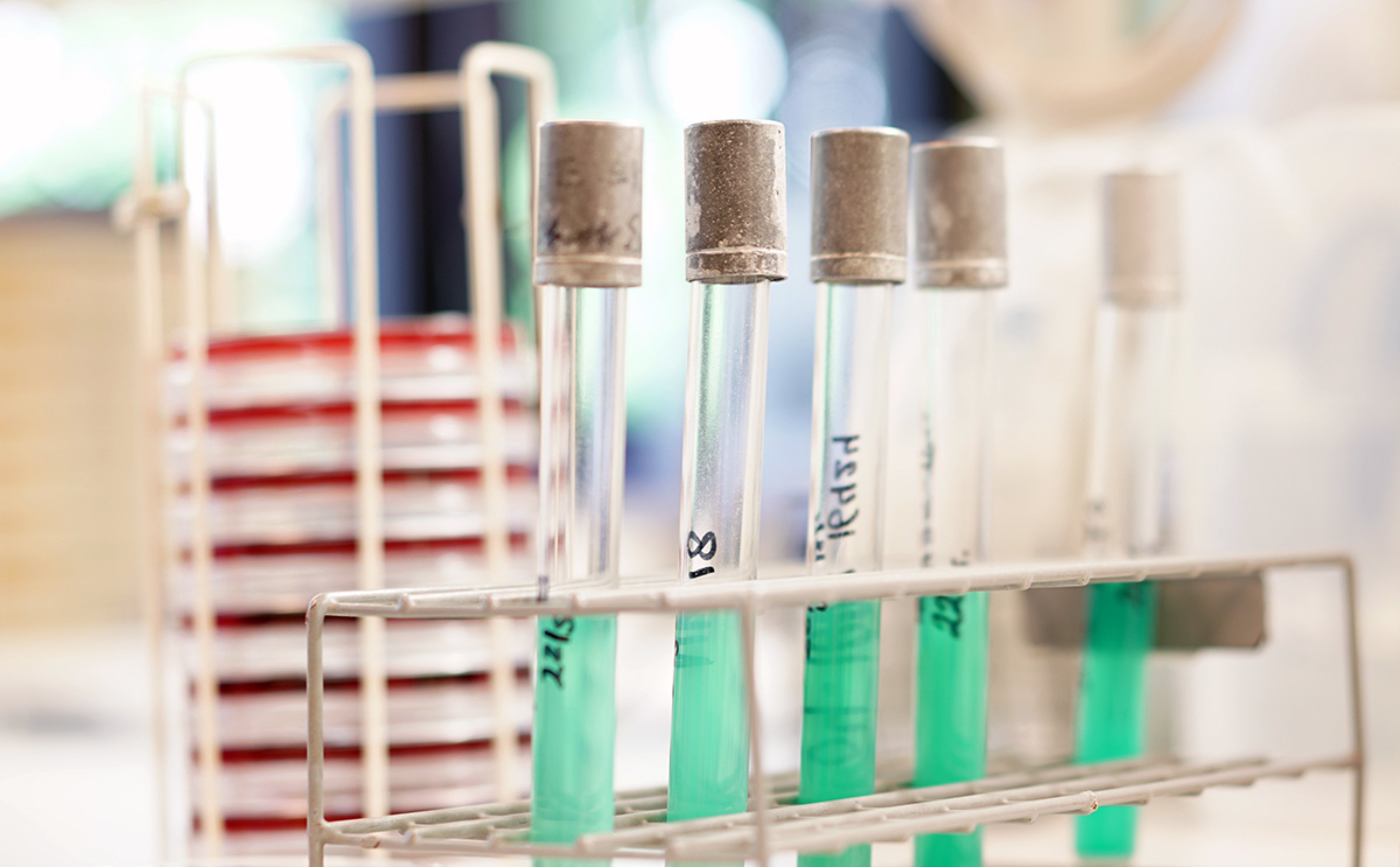
The report shows the results of surveillance in 2017 of antibiotic usage for animals, as well as antibiotic resistance in microbes in animals and food, in the NORM-VET (Norwegian monitoring programme for antibiotic resistance in microbes from feed, animals
The Norwegian Veterinary Institute (NVI) co-ordinated the NORM-VET monitoring programme on behalf of Mattilsynet (Norwegian Food Safety Authority), as well as the monitoring of antibiotics for animals.
In 2017, a total of 5528 kilos of antibiotics were used for food-producing land animals. This is a drop of around 10% compared with 2013 and around 40% since 1995.
- This reflects that Norway’s livestock industry, together with veterinarians and farmers, has been working systematically to reduce the use of antibiotics in food-producing animals, both through preventive health work, breeding and responsible use of antibiotics, says senior NVI researcher Kari Grave.
The use of antibiotics in farmed fish remains historically low and in 2017 was 535 kilos (not including cleaner fish). The consumption of antibiotics for dogs and cats was 359 kilos in 2017 and the decline is substantial.
Use of antibiotics important for human medicine
This year's NORM-VET report also shows that veterinary prectitioners in Norway still prescribe minimal amounts of critically important antibiotics that have a high priority for human medicine, ie antibiotics that are last resort antibiotics for the treatment certain bacterial diseases in humans.
Low occurrence of antibiotic resistant bacteria
Results from NORM-VET 2017 confirm that there is a low occurrence of antibiotic-resistant bacteria in animals (cattle, pigs and horses) and in food in Norway. Similarly, very few bacteria are resistant to third-generation cephalosporins, which belong to the highest priority critically important antibiotics for human medicine.
Both in national and international surveillance activities, increased emphasis is being placed on investigating if bacteria are resistant to those critically important antibiotics.
- We must expect to find a few isolates of such cephalosporin-resistant bacteria in animals and food, says senior researcher Anne Margrete Urdahl, who leads the NORM-VET surveillance project at the NVI.
The reason is that occurrence of antibiotic resistant bacteria is affected by what happens in both Norway and the rest of the world.
- Although the use of this type of antibiotics in animals is very restricted in Norway and is not used in food-producing animals at all, the bacteria can spread to both animals and food from other sources where the occurrence are higher, says Urdahl.
Another critically important antibiotic class although not classified as those with highest priority for human medicine, is also among of the last-resort choices for the treatment of just cephalosporin-resistant bacteria, is carbapenem.
- Carbapenem-resistant bacteria have never been detected in animals or food produced in Norway. This is a type of resistance that has been reported in animals internationally and it is a concern that it can be established and spread in animal populations. It is therefore important to keep an eye on the situation in Norway, says Urdahl.
Poultry breeding population free from MRSA
Especially for 2017, the entire poultry breeding population was extensively examined with several samples taken throughout the year.
- This means that we can safely say the Norwegian poultry breeding population is most likely free from MRSA - staphylococcus bacteria that has developed resistance to a type of penicillin, beta-lactams, which is an important group of antibacterial agents, says Urdahl.
- To have good knowledge of MRSA among other animal populations is important in the work we do to keep the Norwegian pig population free from MRSA, she continues.
There were limited occurrences of MRSA in the other animal populations investigated in 2017. In the extensive surveillance programme for MRSA in pigs, only three herds with MRSA were detected, and none of the findings were the most common type of MRSA found in pigs. 246 horses were also examined for MRSA, and it was only detected in one horse, indicating a low MRSA occurrence in horses.